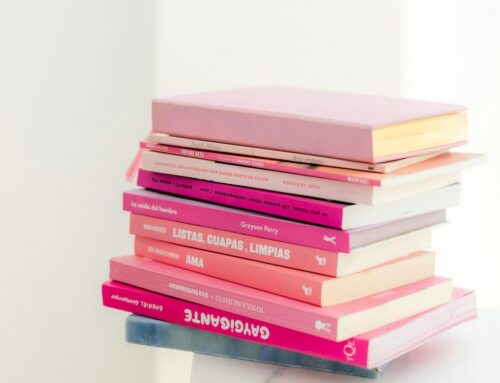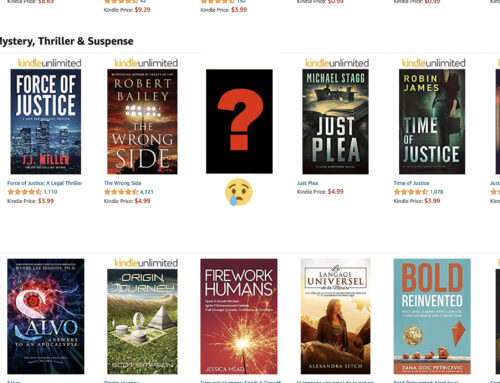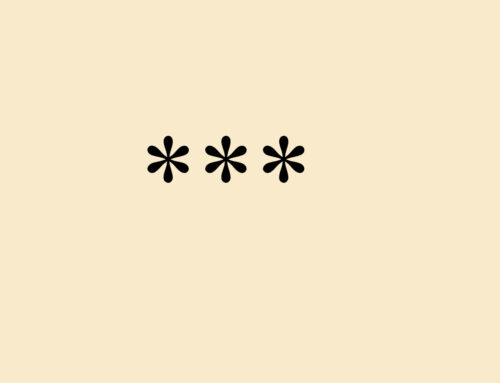
The Declining Value of the Traditional Book
In June, 2007, my wife and I spent a day in the New York offices of McGraw-Hill, the publisher of a university textbook that we have edited for thirty-five years. There we learned a term wholly new to us, Perceived Value. The marketing manager for our book told us that too many students no longer value books. Instead of buying the books assigned for their classes, they borrow copies or try to get by with lecture notes and occasional forays onto the internet to pick up bits and pieces of information that may prove useful on a test. Textbooks cost too much? No. The problem, it seems, is not cost. The same students who decide not to pay $80 or $90 for the latest American literature anthology will stand happily in line at the mall to pay $150 for the latest must-have athletic shoe. For them the shoe has Perceived Value, but the book does not.
When the presentation was finished, gloom hung in the air. Clearly, the point was that whatever practices had served for the production of earlier editions, for this new one we should give consideration to improving the Perceived Value. How would we do that? Add more illustrations? More color? Snappier covers? Additional electronic supplements and internet support? American textbooks have been moving in these directions for many years, but with the new term and the athletic shoe comparison the problem seemed suddenly to loom, like a great white whale, with a menacing urgency.
Literary Versus Mass Market Appeal
Publishers working outside of textbook markets have very different goals, and learning is often the least of them. In their marketing environment the concept of Perceived Value is almost certainly more familiar than it was to us. Because they look for an appeal to a mass audience that will give them their heaviest support, their editors seek books that they can put forward with initial printings that range from tens of thousands to a million or more copies. Forming the financial backbones of most leading publishers, such books enable the publication of a smattering of other books. Traditionally, each of these less promising works is a labor of love and hopeful opportunity, a well-written book that may or may not do well this time, but will introduce an author who may have profitable books to come, or a work of genius from a writer who is unlikely ever to find a mass readership, but will add luster to the publishing house. Such books may have sales, with luck, of a few thousand copies. Years ago, many more publishers took on these kinds of books than are willing to take them on today. University presses and independent publishers take up some of the slack, but like the rest of the industry, they struggle to adapt to new conditions.
Finding a Good Book
The Australian students I spoke to in 2008 were caught in a traditional Australian dilemma. Writing in a country wedded to the English language of many of their forebears, they must pay a transportation premium to get the latest books from London or New York, many of which will not be published in their country. For my lecture and reading, I had carried with me a few copies of Stones Stand, Waters Flow, my P.O.D memoir, and was pleased to discover that a few had ordered it from the United States, paid the shipping, and waited three or four weeks for it to get to them. Writing books of their own, they were interested in exploring P.O.D. or other forms of alternative publishing for the same reason that so many Americans have turned in that direction: a difficult traditional marketplace. Australia’s vastness accommodates a population less than a tenth of that in the United States, which means, at a guess, a tenth of the readers and a tenth of the writers—but those writers have to compete against the many famous writers from abroad who fill up the shelves of the local bookstores.
This does not mean that good writers are not produced there. Historically, there have been quite a large number. And, as it happened, in 2008, Australians were just beginning to recognize the appearance of one of the best Australian novels in many years, Alexis Wright’s Carpentaria. Published a couple of years earlier by an obscure literary publisher, it was just beginning to get some media attention. Amazon.com has recently announced that it will have copies available in the U.S. in a few weeks, on April 7th.
Let us return to the United States. Estimates of the number of books published here each year range anywhere from 180,000 to 300,000. A generation ago, the number was closer to 30,000. These are somewhat wild guesses, because figures are hard to come by, but they cannot be far off. By far the largest numbers of the current total represent non-traditional forms of publication, such as Print on Demand books in their various forms. The still newer electronic forms add innumerable thousands more. In this welter of publication, how do I unearth a good book?
From the reader’s point of view, we come back to the concept of Perceived Value. Why should I buy a book when I haven’t a clue whether it will be worth the money I pay for it? I haven’t seen a review, haven’t seen an advertisement, haven’t seen an endorsement by anyone I have reason to trust. Mainstream publishers emphasize potential sales at the expense of quality. Reviewers in the The New York Times and other newspapers and magazines, taken all together, give space in a year to only a couple of thousand titles, and these, not surprisingly, are from the publishers that advertise most heavily in their pages.
Until the literary community can find a way to pull together, discover the best among the many and bring them to widespread attention, many good books will continue unseen and unread, while many poor ones will continue to clutter the literary marketplace.
Get an Editorial Review | Get Amazon Sales & Reviews | Get Edited | Get Beta Readers | Enter the SPR Book Awards | Other Marketing Services






















Two reactions to this: 1). One of the failures of the Amazon Shorts program was to set everything at 49 cents. It cheapened the brand and led people to think the content had no value. The bargain backfired. 2). Self published authors should not compete with big publisher on price. If you have a POD book you have to price it higher to make any money at all. Those most likely to buy it will not worry about a couple of extra dollars on the retail price. Books promise unique reading experiences and are not fungible commodities.
Thanks, Mr. Perkins for your understanding of alternative publishing. I recently released a new novel, The Cry of the Cuckoos, as a POD. I am having fun marketing it. Of course, I am taking a chance it will sell, and I am making strides with it. Within 10 days of release I had sold 8 copies at list price from Amazon.com and my personal website. I have 40 years iexperience in newspaper, magazine and book producing, so the opportunity to POD seemed right for me, considering traditional publishing. I worked as regional sales manager for Bantam Books earlier in my career, and I know traditional publishers are being real picky, especially when it comes to a new author on stage. I also visited with most of the big publishers in New York in the early 90’s when I was a book producer. I wanted to know what they were looking for and I received cold shoulders with most of them. I was able to self-publish a paperback book for an author, edit it and take it to market. I sold the book out and let the author have it from there. Anyway, thanks for the information.